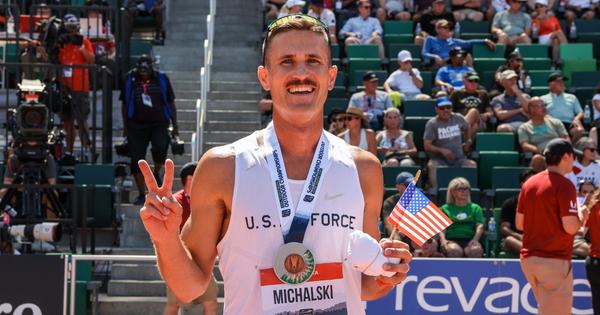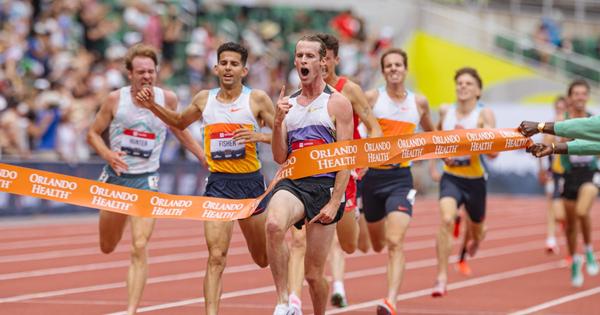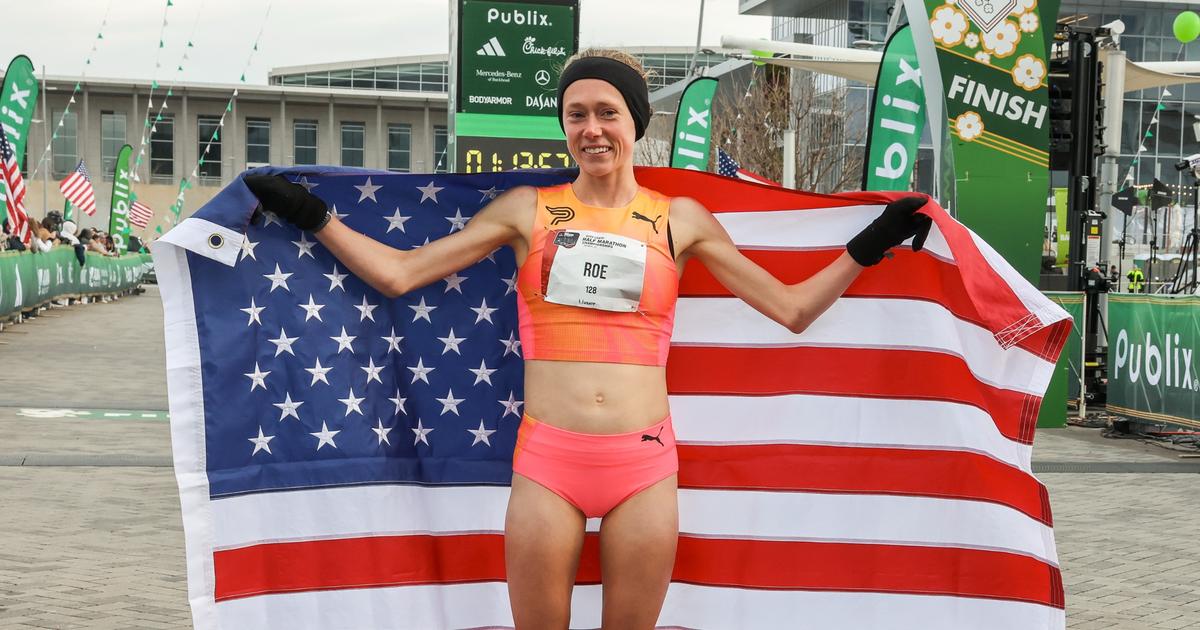By Paul Snyder
August 20, 2025
In a confounded Jerry Seinfeld standup special voice
WHAT’S THE DEAL WITH NACAC?
No. Seriously. What’s the deal with NACAC?
In recent weeks, the NACAC Track & Field Championships have been alluded to here as a magical source of world ranking points or a means for on-the-cusp athletes to secure their spots on Team USA. And NACAC is very much those things. But in theory, it’s a whole lot more.
Acronym-ally, NACAC stands in for “North American, Central American, and Caribbean,” meaning it’s the World Athletics area association for nations fully located within the Western hemisphere that aren’t considered part of South America. Given that global track and field powerhouses like Canada, Jamaica, and the United States fall under that umbrella, you might expect the NACAC Track & Field Championships to be a real barnburner of a meet… Well, it’s sort of not.
It isn’t exactly a bad meet either. It just sort of exists. At the 2025 edition, held this past weekend, there were some highlights for sure, but it’s not the supermeet that comparable competitions like the European Championships can deliver.
Dan Michalski got his World standard, going 8:14.07 for the win and Taylor Roe shored up her ranking by soloing a 32:19.84 10,000m; Handal Roban of Penn State and St. Vincent bested the likes of Brandon Miller with a jaw-dropping 1:42.87 800m PB; Curtis Thompson put on a clinic in the javelin, winning by 10 meters thanks to an 87.24m throw; and Jamaica’s Nikisha Pryce (49.95) emerged victorious in the women’s 400m, the most competitive event top-to-bottom at NACACs.
Clearly the potential for NACAC to be one of the most exciting meets on the annual track and field calendar is there. But there are some glaring issues that are preventing that reality.
The first and most literal problem is that NACAC is not an annually held championship. In fact, since the organization’s founding in 1988, there have only been five senior track and field championship events, taking place at odd and perhaps cicada-inspired intervals (2007, 2015, 2018, 2022, and 2025). This strange cadence is—partially—explained by the existence of the more heralded Pan American Games and a series of national sub-federations that sometimes seem to host championships of their own.
In terms of still-existent and now-defunct track and field championships with participatory overlap to NACAC, there’s OECS (Organization of Eastern Caribbean States), CARIFTA (Caribbean Free Trade Association), and even the Commonwealth Games. All these additional acronyms segue us nicely into another issue plaguing NACAC and the sport in general: there are too many meets and not enough high-level strategic thought about how the broader athletics ecosystem ought to function.
At first blush, it seems sensible to slot an area championship in between national meets and Worlds. But if you want an area championship to entice an area’s best athletes to compete at NACAC, you probably shouldn’t schedule it at a point in the season where its most compelling draw (a World Athletics ranking point bonanza, given its “GL” placing score bonuses) only really matters to cuspy Worlds qualifiers.
This year’s NACACs would probably be a more attractive meet for top-tier sprinters if it had been held ahead of national championships and it provided event champions an automatic spot at Worlds, as was the case at April’s South American Championships. Imagine a NACACs where a fourth-place-caliber Jamaican or American 100m runner is competing like their season depended on it!
To sweeten the pot for distance and middle-distance athletes, though, NACAC would probably need to revisit its host city. The last two installments of the meet have been held in Freeport, a city of under 30,000 in the Bahamas. Holding any race above 800m this close to the tropics is inherently going to make for tactical racing, as evinced by the men’s 5000m meet record—13:57.53, set by Lopez Lomong a decade ago.
Of course, there are more significant obstacles in place to NACACs becoming as hotly contested as Euros. The pool of federations is smaller, there’s less nation-to-nation parity, and a meet in Europe is less geographically isolated from comparable opportunities on the pro racing circuit. Europe occupies a smaller area, athletes intermingle more in training groups and in competition, and there are other sports that hold popular, continent-wide national competitions there as well.
There’s inherent unfairness in an athletic competition between the generally tiny and regionally compact OECS countries (the largest by population being Guadeloupe and its roughly 390,000 residents) and nations like the U.S. (340 million or so residents). Getting America, Jamaica, Canada, and the likes excited about NACACs would require some tweaking of the meet’s timing and incentive structure. But the smaller countries of NACAC will always show up and show out—the chance to take down Goliath tends to be reason enough to participate.
That still holds true even if the big dogs only send their second biggest dogs. The fifth best 200m specialist from Jamaica… the likely fourth-place finisher in the 1500m at the Canadian championships… the seventh(?) best American shot putter… for the vast majority of athletes around the globe, upsetting this caliber of star while wearing their own country’s name across their chest—even at an area championship—would be a career defining moment. And we can’t discount the value of an opportunity to wear the national colors for the big countries’ not-quite-Olympians.
Making NACACs an annual or biennial thing, and one that gives global medal threats a reason to show up, would go a long way toward giving the sport something it desperately needs: more meets that actually matter.

Paul Snyder
Paul Snyder is the 2009 UIL District 26-5A boys 1600m runner-up. You can follow him on Bluesky @snuder.bsky.social.




